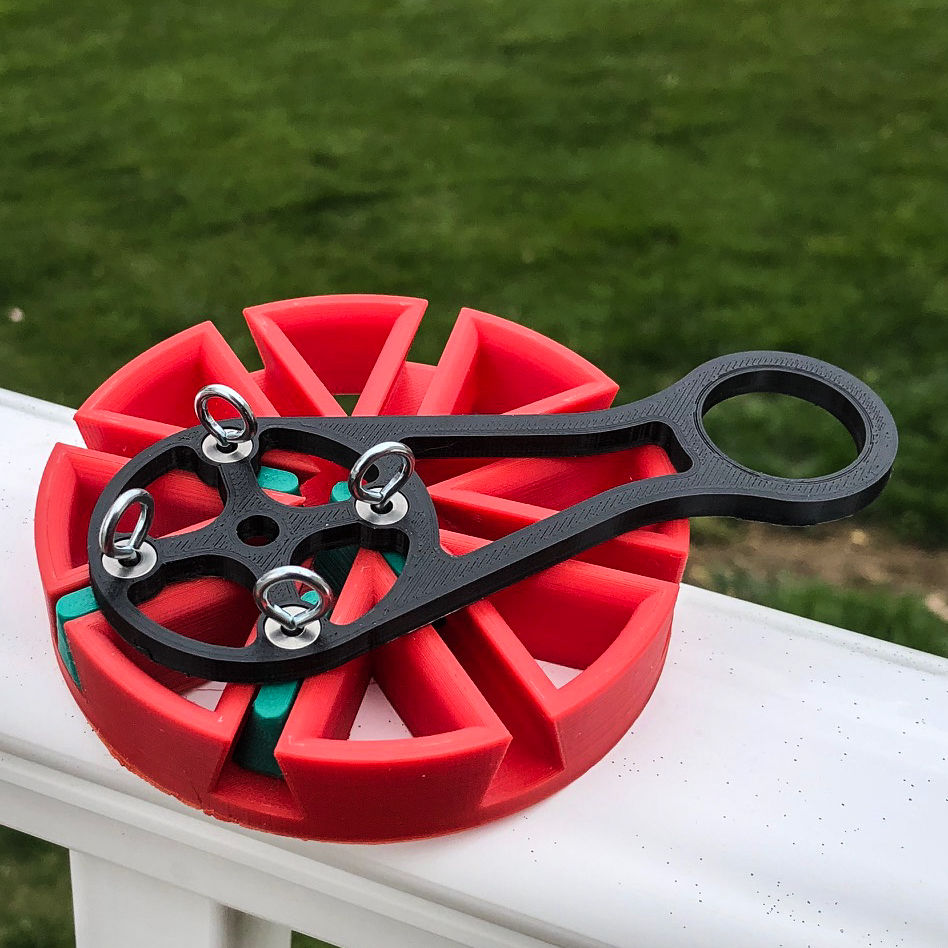
Is there any mechanical system available that Selmer style builders use with a router / laminate trimmer / dremel attached? A similar setup would work for old oval hole Gibsons, Martins, et cetera. I have a student who is building a Selmer style guitar with the small "scream" type rosette. I've also first cut the soundhole and then used a grammil to scribe the perimeters for the rosette referenced off the soundhole.
Trammel of archimedes series#
I have only had to make a couple of oval rosettes for restoration work for those I made a series of inside and outside templates and then just cut everything by hand. I keep trying to convince him it is time to pass it on to some younger fellow with the right last name to keep the story going something like John to James to John to James sounds about right! I have never seen a commercial unit like this available for sale, and if or when one comes up for sale, I'd guess that I just did a number on increasing the selling price, and John is holding on to his. I wrote an article on it for American Lutherie magazine last year. It was based upon a mechanical double cut way that produces an ellipse and is often attributed to Archimedes. He showed me an interesting tool that had quite a lineage: Originally acquired by D'Angelico, passed down to D'Aquisto, and then to Monteleone. The following day, I was at John Monteleone's place getting in a few laughs, playing a few tunes, and getting an earful while picking his brain about the restoration of that mandolin. While there, I was able to blueprint the D'Aquisto mandolin in their collection. This obeys the key and classically-known property that the sum of distances from foci to a point on the ellipse is a fixed distance.Last year I did some backstage work at The Metropolitain Museum of Art incredible place and really nice people to work with. This method is more apparent in how it generates an ellipse: the string has a fixed length which is the sum of distances from the pencil to each pushpin.


Although, the runners do form something of a coordinate axis.Ĭompare this mysterious motion with the much more widely known method of putting pushpins down and tying one end of a string to each, pulling the string taut. To put it another way: How could someone knowing only classical geometry (i.e., someone without coordinate geometry) have designed this machine to draw an ellipse? I am assuming that, being named after Archimedes, the device at least predates Descartes and thus coordinate geometry. What property of an ellipse am I missing that makes this device "obviously" draw an ellipse? Even having introduced coordinates and verifying, I still find it very mysterious. Verifying the motion is indeed elliptical.īut I find this pretty unsatisfactory until introducing coordinates, I had no reason to believe that an ellipse should be created.
Trammel of archimedes free#
If you're willing to set up shop and start giving coordinates to the end that draws the ellipse (letting $a$ be the length of the rod, $b$ the distance from interior anchor to free end), it's not too hard to see thatĪnd so in turn $$\frac = 1,$$ The non-anchored end (black square) can move freely, tracing an ellipse, as the sliders move along perpendicular axes - the end anchor along the minor axis, the interior anchor the major axis. I find this quite surprising, and would like to get to the bottom of things.Įssentially, a rod (black line in animation) is anchored to two sliders (in blue): One at an end, the other somewhere in the middle. Here's a diagram of the device I mean, hard at work drawing an ellipse.


 0 kommentar(er)
0 kommentar(er)
